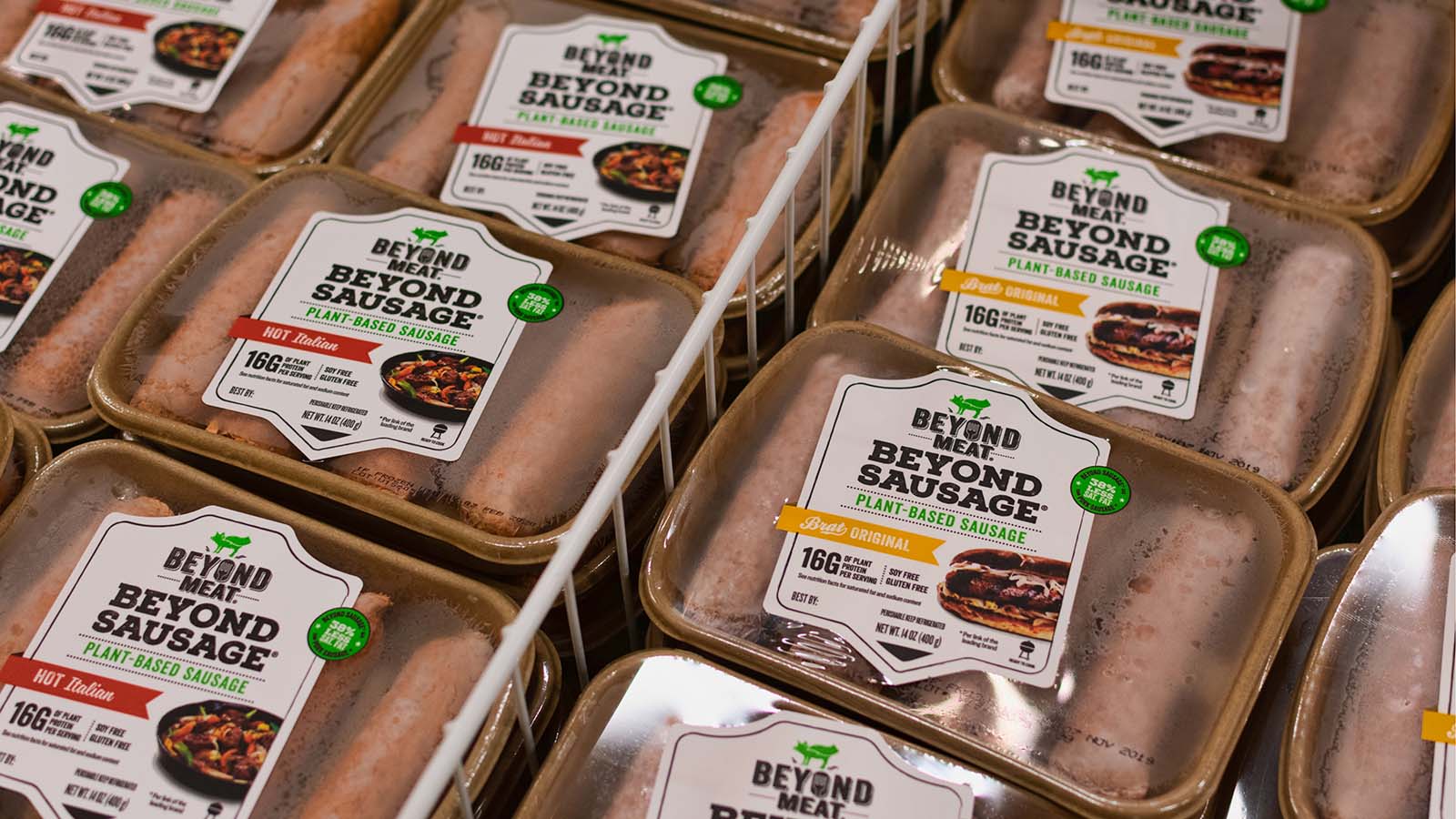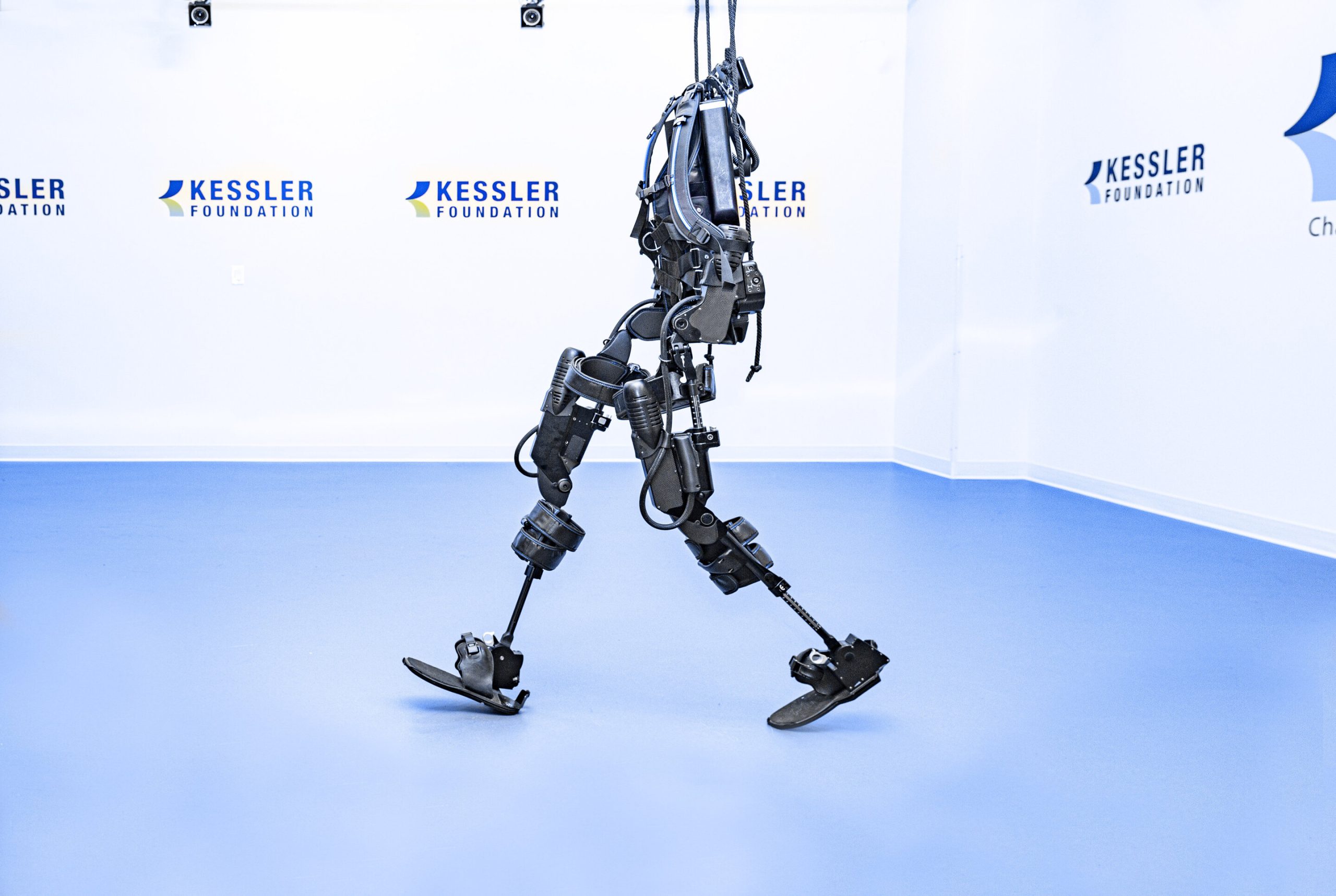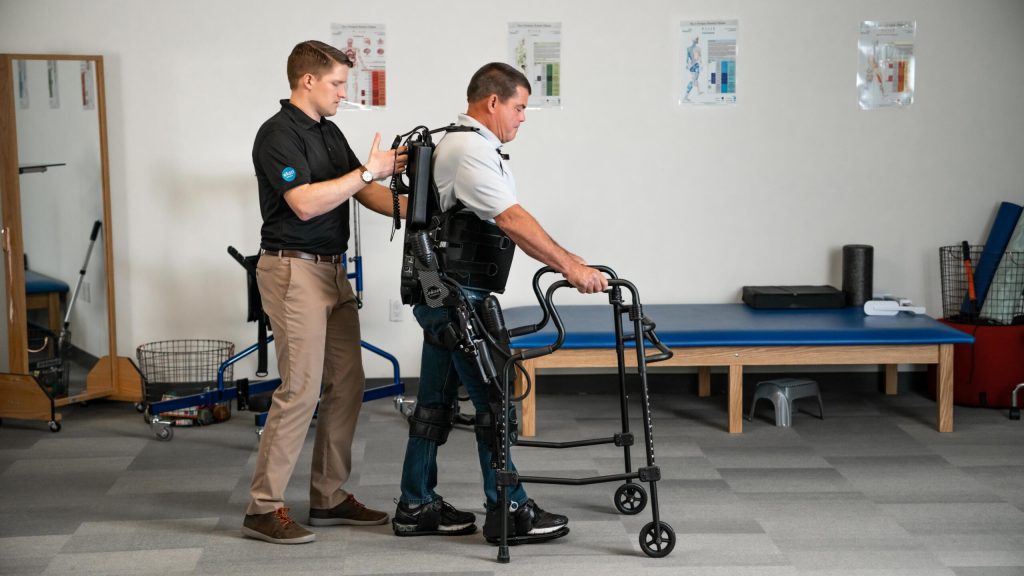In recent years, the landscape of food technology has undergone a revolutionary transformation, giving rise to innovative and sustainable solutions to address the ever-growing global demand for Food. One of the most fascinating advancements in this realm is the emergence of lab-grown meat, a groundbreaking concept poised to reshape how we produce and consume animal protein. In this comprehensive article, we delve into the intricacies of lab-grown meat, its potential implications, and the broader horizons of food technology that lie ahead.
Lab-Grown Meat: A Glimpse into the Future
Lab-grown meat, also known as cultured meat or cell-based meat, is a revolutionary concept involving growing animal muscle tissue in a controlled laboratory environment, bypassing traditional livestock farming. The process begins by extracting a small sample of animal cells, such as muscle stem cells, and nurturing them in a nutrient-rich medium that facilitates their growth into edible meat. This innovative approach holds immense promise in addressing conventional meat production’s environmental, ethical, and sustainability challenges.
Advantages of Lab-Grown Meat
- Environmental Sustainability: One of the key advantages of lab-grown meat is its significantly reduced environmental footprint. Traditional livestock farming contributes to deforestation, greenhouse gas emissions, and excessive water usage. Lab-grown meat has the potential to drastically lower these negative impacts, helping to mitigate climate change and preserve natural resources.
- Animal Welfare: Lab-grown meat production eliminates the need for raising and slaughtering animals for consumption. This has profound implications for animal welfare, offering a humane, cruelty-free alternative that aligns with evolving societal values.
- Food Security: As the global population grows, food security becomes paramount. Lab-grown meat has the potential to produce protein-rich Food with greater efficiency, reducing the strain on traditional agriculture and contributing to more reliable food production.
Challenges and Innovations
While the concept of lab-grown meat holds immense promise, it has challenges. Researchers and scientists are actively working to overcome hurdles such as scalability, cost-effectiveness, and ensuring the final product’s taste and texture are comparable to conventionally produced meat.
- Scalability: Currently, lab-grown meat production remains at a relatively small scale. Scaling up the process to meet global demand while maintaining product quality and safety is a complex challenge that requires innovative solutions.
- Cost-Efficiency: The production of lab-grown meat involves intricate processes and specialized equipment, leading to higher production costs. However, ongoing research aims to streamline these processes and reduce costs, making lab-grown meat more accessible to consumers.
- Consumer Acceptance: Convincing consumers to embrace lab-grown meat as a viable and desirable alternative to conventional meat is a significant hurdle. Effective communication and education will be crucial in shaping public perception and fostering acceptance.
Beyond Lab-Grown Meat: Exploring the Frontiers of Food Technology
The trajectory of food technology innovation extends far beyond lab-grown meat, encompassing a spectrum of revolutionary advancements that hold the potential to reshape the future of food production and consumption.

Plant-Based Alternatives
Plant-based meat substitutes have gained remarkable traction recently, offering consumers a cruelty-free and sustainable alternative to traditional meat. Innovations in plant-based proteins and food processing techniques have led to the creation of products that mimic the taste and texture of meat, catering to the growing demand for more planet-friendly dietary choices.
Vertical Farming and Controlled Environment Agriculture
Vertical farming and controlled environment agriculture (CEA) represent pioneering approaches to sustainable crop cultivation. By optimizing light, temperature, humidity, and nutrient levels, these methods enable year-round cultivation of crops in controlled indoor environments. This approach reduces the need for extensive land use, minimizes water usage, and enhances crop yields, thereby addressing the challenges of traditional agriculture.
3D-Printed Food
The convergence of technology and culinary artistry has given rise to 3D-printed Food, a novel concept that has the potential to revolutionize food presentation and customization. Chefs and food scientists are exploring the possibilities of creating intricate and visually stunning dishes through the precise layering of edible materials.
Embracing a Sustainable and Flavorful Future
In conclusion, the future of food technology is a tapestry woven with innovation, sustainability, and culinary creativity. Lab-grown meat stands as a beacon of hope in addressing the multifaceted challenges posed by traditional meat production. However, its success hinges on collaborative efforts between researchers, industry stakeholders, and informed consumers.
As we peer into the horizon of possibilities, it becomes evident that food technology encompasses a diverse array of solutions, from plant-based alternatives to vertical farming and even 3D-printed delicacies. By embracing these advancements, we pave the way for a future where nourishing the world goes hand in hand with protecting it.





